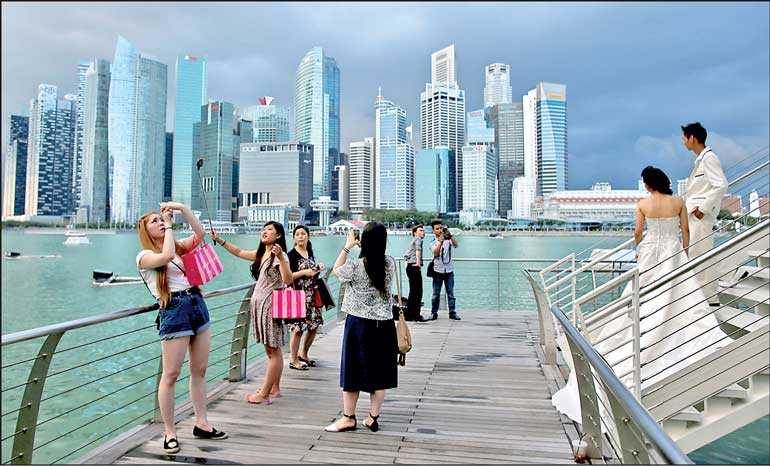Monday Mar 10, 2025
Monday Mar 10, 2025
Wednesday, 4 November 2020 00:00 - - {{hitsCtrl.values.hits}}

The Asia Pacific hotel industry has reported continued performance improvement from COVID19 low points thanks to strong domestic demand and holidays, according to STR.
“Unlike the declines we’ve seen in the US after Labor Day or Europe after the summer holidays, Asia Pacific markets have continued seeing growth,” said STR’s Area Director – APAC Jesper Palmqvist.
“For instance, in September, 70% or better occupancy levels were registered in key China markets such as Sanya, Shenzhen, Chengdu and Xi’an. What is more noteworthy is that these markets are showing year-over-year growth in the metric, which is not common for most of the world right now.”
China’s demand has grown consistently over the months due to strong domestic demand and national holidays. On 3 October, during the extended Golden Week period as National Day coincided with Mid-Autumn Festival (1-8 October), the market posted an 83% occupancy, almost reaching levels seen in 2019.
During Silver Week (19-22 September), Japan saw an occupancy boost driven mainly by domestic demand. The market posted its highest occupancy level on 23 September (67%). Similar to other markets around the globe, regional and leisure markets like Hokkaido and Okinawa have begun to see more substantial occupancy growth, while Tokyo and Osaka are starting to see gentle initial growth.
While both Australia and New Zealand also continues to improve, New Zealand occupancy is just 25% behind 2019 levels.
In many of the key markets in Asia Pacific, weekends continue to produce the highest occupancy levels. Resort locations in Vietnam have posted occupancy as high as 40% during the weekends. Weekdays in South Korea are still showing low occupancy levels (20-25%) compared to weekends (60%) in the market. Hong Kong is another market displaying a similar trend as occupancy levels during weekends reached as high as 55% along with weekdays rising to 40%.
Discover Kapruka, the leading online shopping platform in Sri Lanka, where you can conveniently send Gifts and Flowers to your loved ones for any event including Valentine ’s Day. Explore a wide range of popular Shopping Categories on Kapruka, including Toys, Groceries, Electronics, Birthday Cakes, Fruits, Chocolates, Flower Bouquets, Clothing, Watches, Lingerie, Gift Sets and Jewellery. Also if you’re interested in selling with Kapruka, Partner Central by Kapruka is the best solution to start with. Moreover, through Kapruka Global Shop, you can also enjoy the convenience of purchasing products from renowned platforms like Amazon and eBay and have them delivered to Sri Lanka.
Discover Kapruka, the leading online shopping platform in Sri Lanka, where you can conveniently send Gifts and Flowers to your loved ones for any event including Valentine ’s Day. Explore a wide range of popular Shopping Categories on Kapruka, including Toys, Groceries, Electronics, Birthday Cakes, Fruits, Chocolates, Flower Bouquets, Clothing, Watches, Lingerie, Gift Sets and Jewellery. Also if you’re interested in selling with Kapruka, Partner Central by Kapruka is the best solution to start with. Moreover, through Kapruka Global Shop, you can also enjoy the convenience of purchasing products from renowned platforms like Amazon and eBay and have them delivered to Sri Lanka.